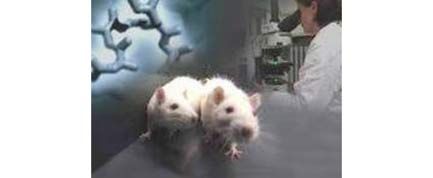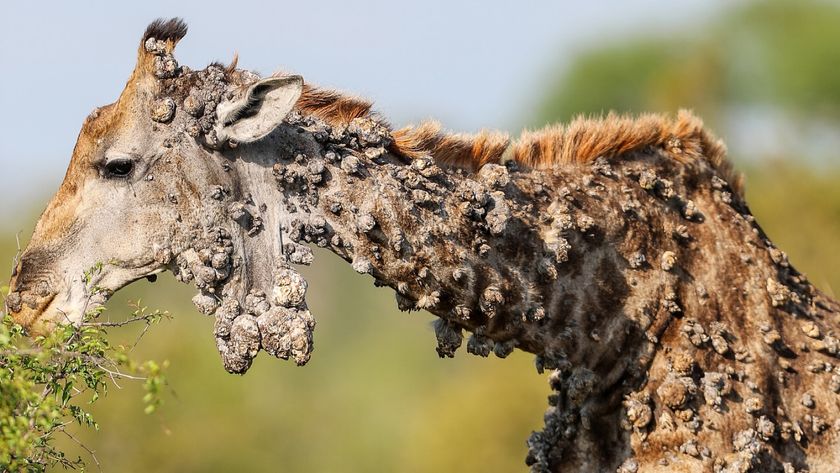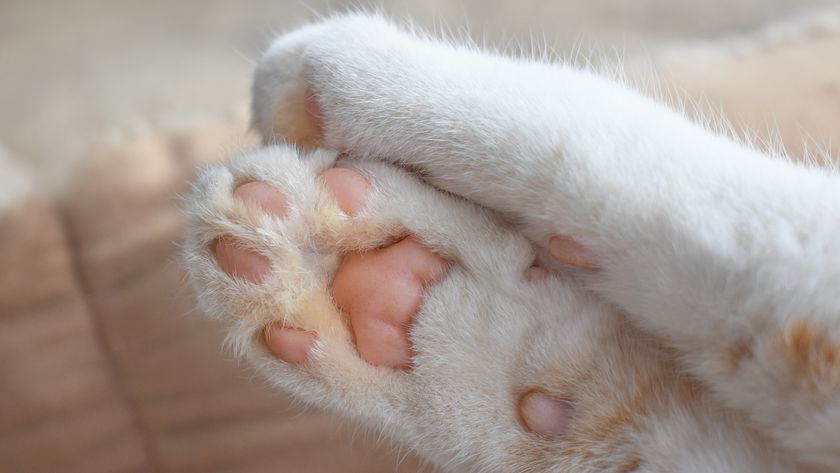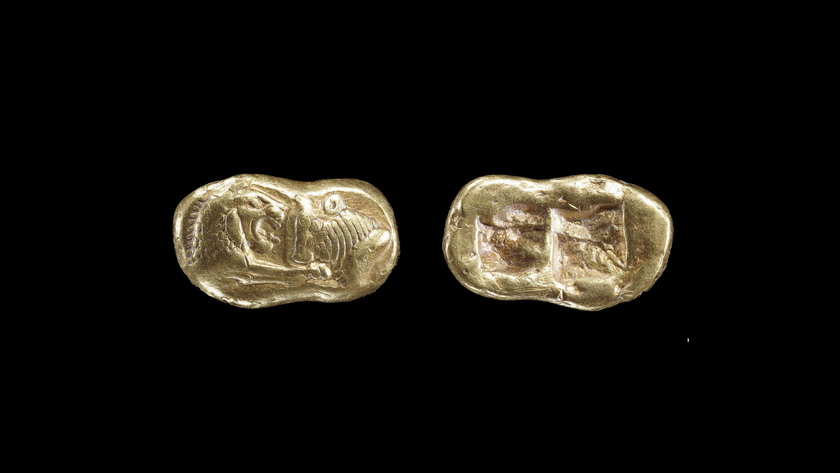Jet-Lagged Mice More Likely to Die

Chronic jet lag may cause more than bags under the eyes. A study subjecting aged mice to changing light cycles (equivalent to jet lag or rotating shift work) over an eight-week period found that the mice had higher death rates than those that experienced a normal light cycle.
Once a week, one group of mice had its lights switched on six hours early (similar to flying from the U.S. East Coast to Europe), while the other group's lights were switched on six hours late (similar to flying from Paris to New York).
Older mice under a normal schedule had an 83 percent survival rate during the study. Those that had their lights turned on later had a 68 percent survival rate, and those that had their lights switched on early had a 47 percent rate. Younger mice fared generally well under all conditions.
"It was a really dramatic effect," said lead author Alec Davidson, of the Morehouse School of Medicine.
For a reason researchers have yet to pinpoint, it takes longer for the animal, whose internal systems depend on its circadian clock, to adjust to earlier light cycles, Davidson said. Anyone who has flown to Europe knows that the trip there is always rougher than the one home, he points out.
Davidson suspects further investigation will reveal an increased susceptibility to disease with changing light cycles. Once they find the cause of death in older mice, they can look for early signs of the problem in younger mice.
Though this study isn't directly applicable to humans, finding signs of disease could help illuminate health concerns for shift workers--several studies have shown that they have higher risks for certain diseases such as cancers.
Sign up for the Live Science daily newsletter now
Get the world’s most fascinating discoveries delivered straight to your inbox.

Andrea Thompson is an associate editor at Scientific American, where she covers sustainability, energy and the environment. Prior to that, she was a senior writer covering climate science at Climate Central and a reporter and editor at Live Science, where she primarily covered Earth science and the environment. She holds a graduate degree in science health and environmental reporting from New York University, as well as a bachelor of science and and masters of science in atmospheric chemistry from the Georgia Institute of Technology.
Most Popular





